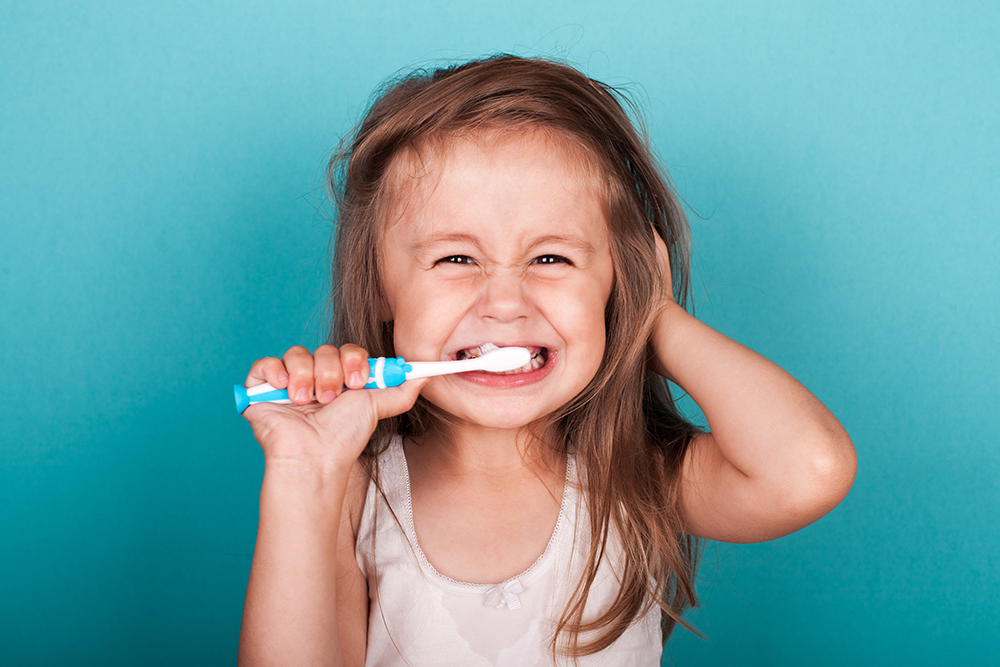How Often Should I Change My Child’s Toothbrush?
A child’s toothbrush is the first line of defense against harmful oral bacteria, the leading cause of pediatric periodontal (gum) disease, tooth decay, and halitosis (bad breath). Unfortunately, toothbrushes don’t last forever. The question is, how will you know when it’s time to swap an old toothbrush for a new one?
Why Replace Your Child’s Toothbrush?
Encouraging daily brushing and flossing is one of the best things you can do for your child’s smile. Learning when to discard an old toothbrush is essential because, past a certain point, a toothbrush can’t clean the teeth any longer, and worse, it can spread bacteria and germs. So making sure your child’s toothbrush has plenty of life left in it will promote a clean and healthy mouth.
How Often Should You Replace Your Child’s Toothbrush?
Most manufacturers and dentists recommend replacing a toothbrush about every three to four months. You may need to swap out your little one’s toothbrush even sooner if the bristles become frayed or matted or if they curl out at the edges. The same applies to electric toothbrushes, which also come with bristles that eventually wear out.
The condition of the toothbrush is not the only reason you’ll need to swap it out. If your child is sick or if someone accidentally uses the toothbrush, it’s time for a new one. You don’t want your child’s little pearly whites exposed to any lingering bacteria, so it’s always better to err on the side of caution.
How Should You Care for Your Child’s Toothbrush?
Teach your child to clean the toothbrush under running water after brushing and shaking it vigorously before putting it away. Every tiny bit of toothpaste or food debris needs to be rinsed away. The best way to store a toothbrush is to stand it upright in a toothbrush holder or cup. Make sure it stays clear from any other family member’s toothbrush to prevent germs from passing back and forth. Moreover, avoid using a closed container, which breeds mold and bacteria.
For an even safer tooth brushing experience, you may want to have your child alternate between two kid-friendly toothbrushes. That’s because bacteria present on toothbrushes are anaerobic, meaning they can’t survive in the presence of oxygen. Letting a toothbrush air dry before using it again will rid it of most of the harmful bacteria.
Healthy Habits for Long-Term Healthy Smiles
Having your child choose a fresh new kid-friendly toothbrush and a favorite toothpaste flavor makes brushing those germs away a fun thing to do. Make sure your little one knows the signs that it’s time to swap the old toothbrush for a new one. Moreover, encourage flossing right from the start to remove plaque and tartar from hard-to-reach areas between the teeth. And most importantly, don’t forget to schedule your child’s twice-a-year dental visits to Smile Explorers Pediatric Dentistry. That will allow us to monitor your child’s oral health and offer tips on maintaining healthy smiles.
Quality Preventative Care in Glendale, AZ
Visit Smile Explorers Pediatric Dentistry and talk to one of our dedicated team members to learn more about oral health practices for long-term healthy smiles. We are proud to offer quality preventive dentistry services to keep our young patients’ smiles in tip-top shape. We invite you to call us and schedule your child’s appointment today!



